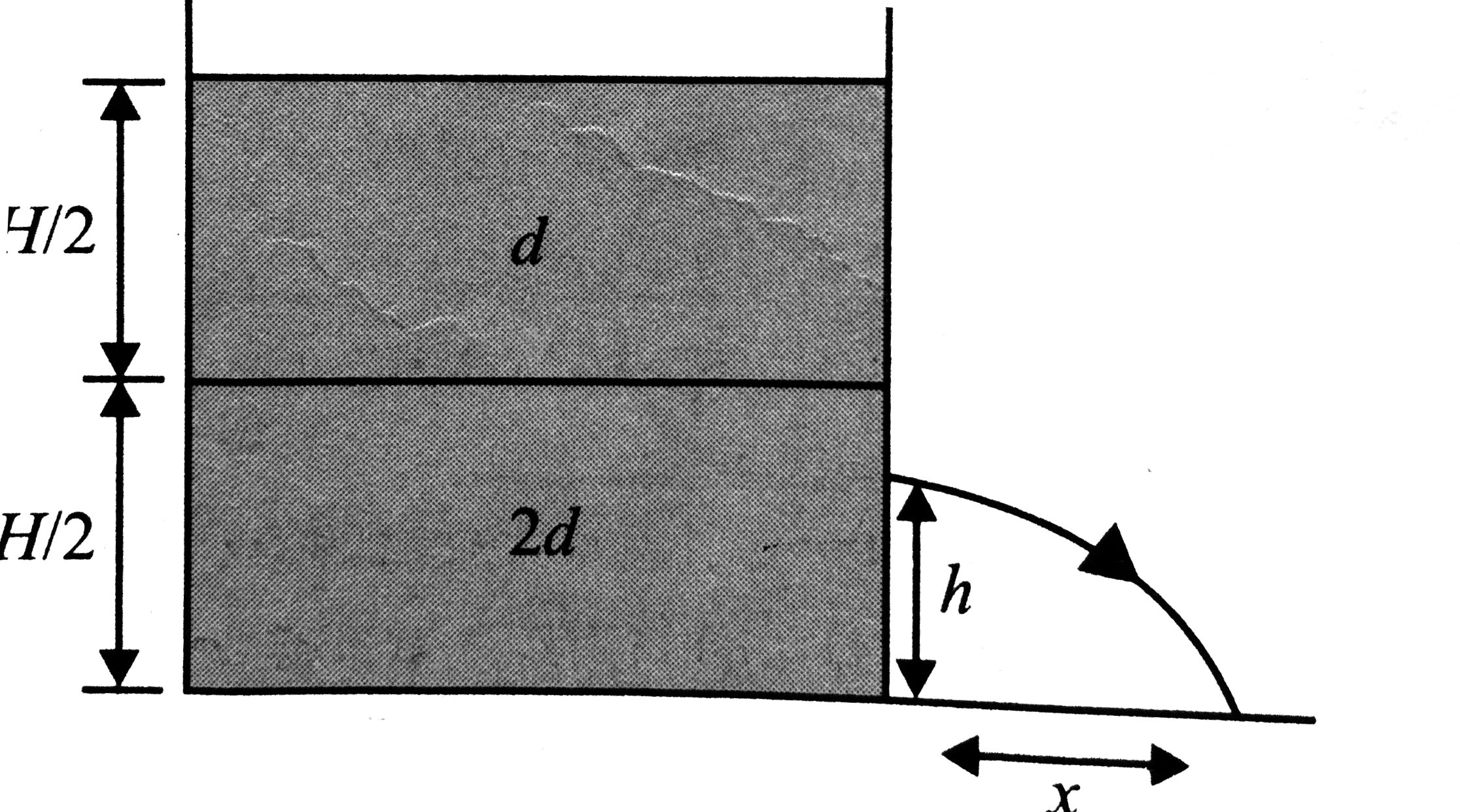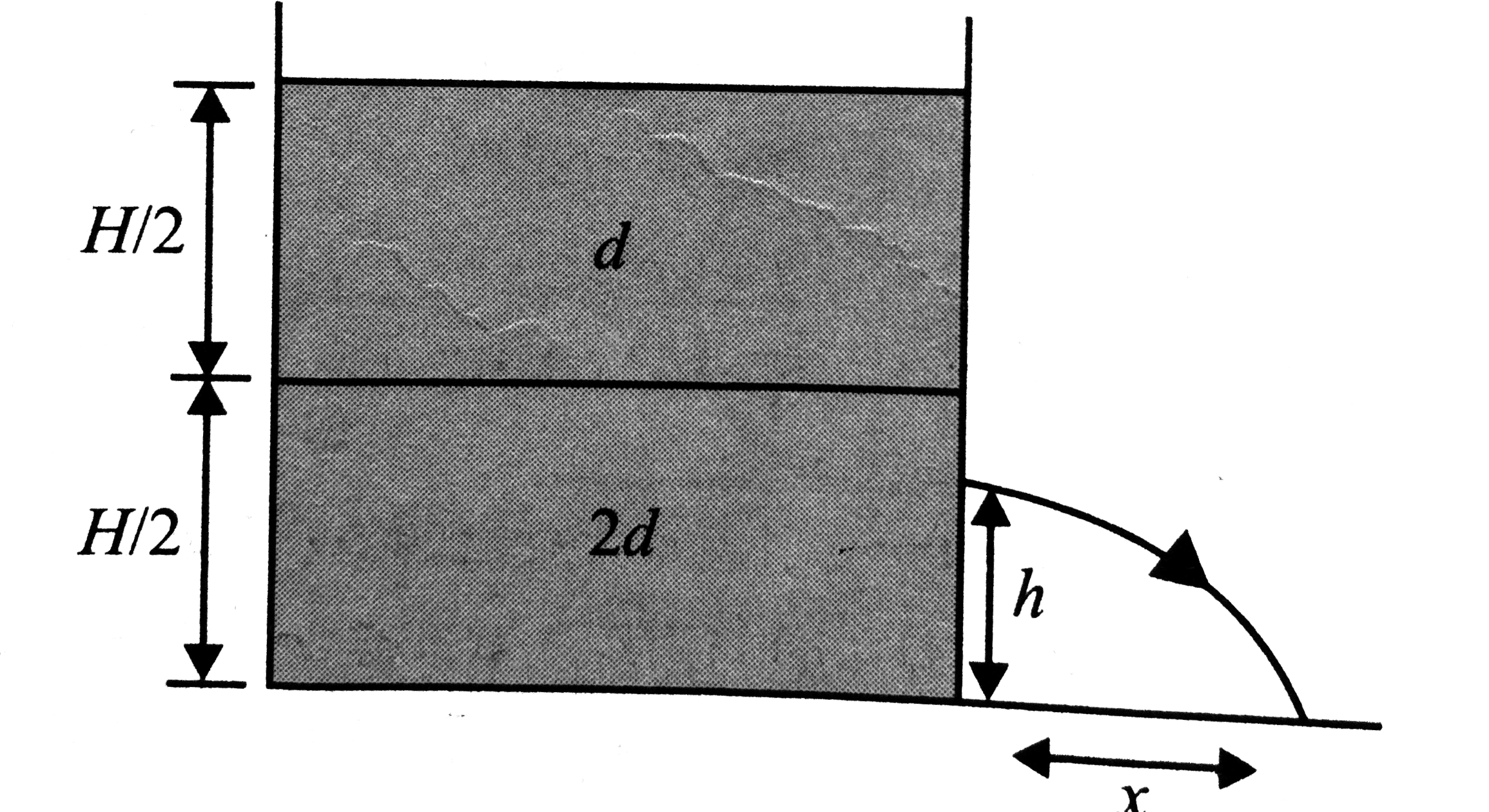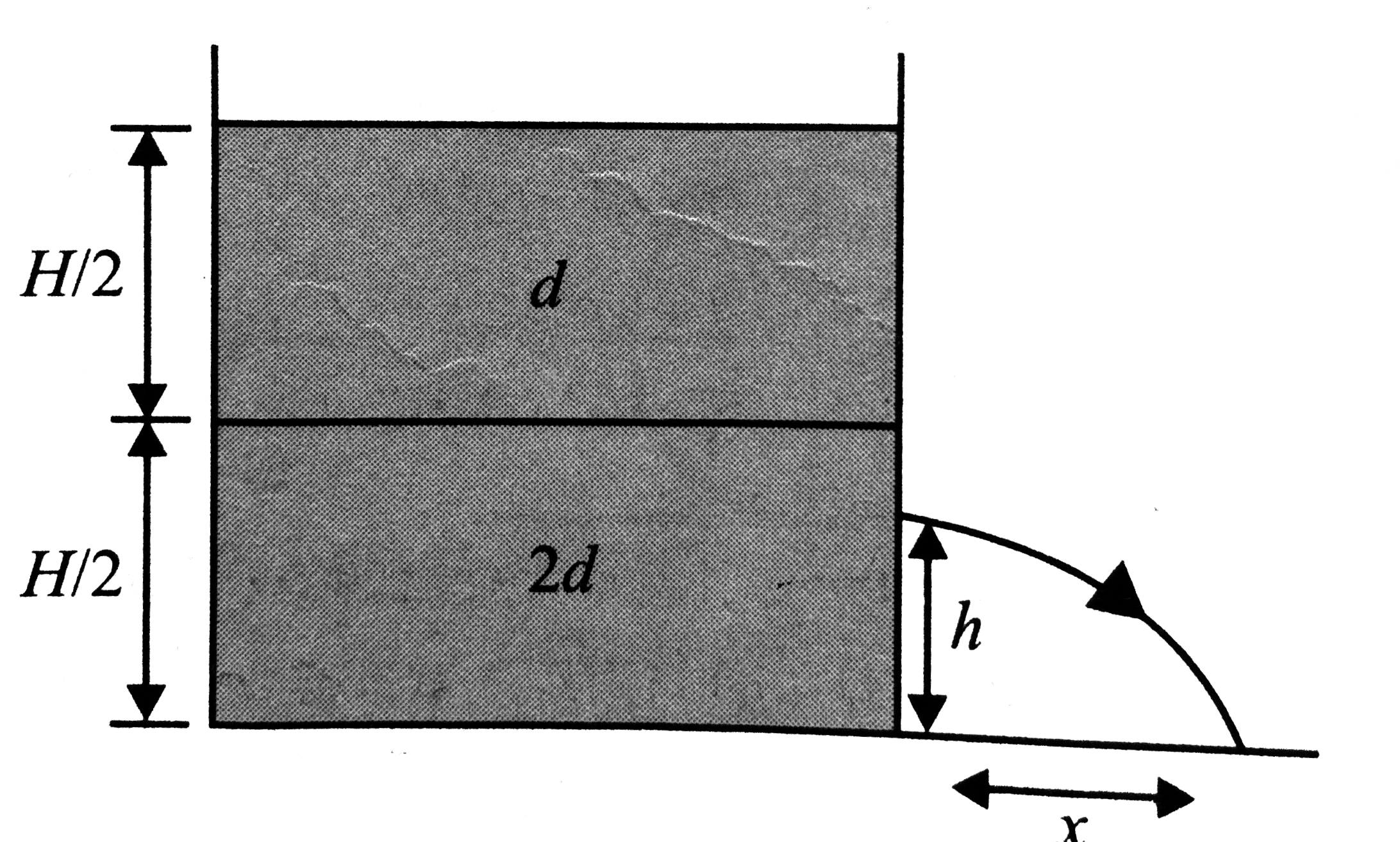The presence of salts (NaCl and others) in animal body fluid gives an inference that life originated in the
Primitive ocean
Rain-water lakes
Salt solution
All of these
The correct Answer is:A
Step-by-Step Solution:
1. Understanding the Question: The question asks about the significance of the presence of salts, specifically sodium chloride (NaCl), in animal body fluids and what it infers about the origin of life.
2. Historical Context: It is important to note that the theory of the origin of life in water was proposed by scientists Oparin and Haldane. They suggested that life began in a "primordial soup" in the oceans.
3. Role of Salts in Life: Salts like NaCl are essential for various biological functions in animals, including maintaining osmotic balance and nerve function. The presence of these salts in body fluids suggests a connection to the environment where life first evolved.
4. Marine Environment: The oceans are known to be rich in salts, including sodium chloride. This supports the idea that life originated in a saline environment, as the composition of body fluids in animals reflects the saline nature of the primordial oceans.
5. Evaluating Options:
- Primitive Ocean: This option aligns with the theory that life began in the oceans.
- Rain Water Lakes: While they contain water, they do not have the same concentration of salts as the ocean.
- Salt Solution: This is too broad and does not specifically refer to the natural environment where life originated.
- All of These: This option is incorrect as not all environments listed support the idea of life’s origin.
6. Conclusion: Based on the evidence and historical theories, the presence of salts in animal body fluids strongly suggests that life originated in the primitive ocean.
Final Answer: The presence of salts (NaCl and others) in animal body fluid gives an inference that life originated in the primitive ocean.
---
- Primitive Ocean: This option aligns with the theory that life began in the oceans.
- Rain Water Lakes: While they contain water, they do not have the same concentration of salts as the ocean.
- Salt Solution: This is too broad and does not specifically refer to the natural environment where life originated.
- All of These: This option is incorrect as not all environments listed support the idea of life’s origin.
Topper's Solved these Questions
- EVOLUTIONBOOK - CENGAGE BIOLOGY ENGLISHCHAPTER - EVOLUTIONEXERCISE - Exercise Assertion-Reasoning Question.
25 Videos
- EVOLUTIONBOOK - CENGAGE BIOLOGY ENGLISHCHAPTER - EVOLUTIONEXERCISE - Archives
38 Videos
- ENVIRONMENTAL ISSUESBOOK - CENGAGE BIOLOGY ENGLISHCHAPTER - ENVIRONMENTAL ISSUESEXERCISE - ARCHIVES
45 Videos
- HUMAN HEALTH AND DISEASEBOOK - CENGAGE BIOLOGY ENGLISHCHAPTER - HUMAN HEALTH AND DISEASEEXERCISE - ARCHIVES
46 Videos
Similar Questions
Fluids at rest exert a normal force to the walls of the container or to the sruface of the body immersed in the fluid. The pressure exerted by this force at a point inside the liqid is the sum of atmospheric pressure and a factor which depends on the density of the liquid, the acceleration due to gravity and the height of the liquid, above that point. The upthrust acting on a body immersed in a stationary liquid is the net force acting on the body in the upward direction. A number of phenomenon of liquids in motion can be explain by Bernoulli's theorem which relates the pressure, flow speed and height for flow of an ideal incompressible fluid.
A container of large uniform corss sectional area. A resting on a horizontal surface holds two immiscible, non viscous and incompressile liquids of densities d and 2d, each of height H/2 as shown in the figure. The lower density liquid is open to the atmosphere having pressure P0.
Situation II:
A cyliner is removed and the original arrangement is restoreed.A tiny hole of area s(s<<A) is punched on the veritical sideof the containier at a height h(h<H/2)
The horizontal distance x travelled by the liquid is
View SolutionFluids at rest exert a normal force to the walls of the container or to the sruface of the body immersed in the fluid. The pressure exerted by this force at a point inside the liqid is the sum of atmospheric pressure and a factor which depends on the density of the liquid, the acceleration due to gravity and the height of the liquid, above that point. The upthrust acting on a body immersed in a stationary liquid is the net force acting on the body in the upward direction. A number of phenomenon of liquids in motion can be explain by Bernoulli's theorem which relates the pressure, flow speed and height for flow of an ideal incompressible fluid.
A container of large uniform corss sectional area. A resting on a horizontal surface holds two immiscible, non viscous and incompressile liquids of densities d and 2d, each of height H/2 as shown in the figure. The lower density liquid is open to the atmosphere having pressure P0.
Situation II:
A cyliner is removed and the original arrangement is restoreed.A tiny hole of area s(s<<A) is punched on the veritical side of the containier at a height h(h<H/2)
The height hm at which the hole should be punched so that the liquid travels the maximum distance is
View Solution
Knowledge Check
The regulation by an organism of chemical composition of its blood and body fluids and other aspects of its internal environment so that physiological processes can proceed at optimum rates is called
AmetabolismBenthalpyCentropyDhomeostasis.
Fluids at rest exert a normal force to the walls of the container or to the sruface of the body immersed in the fluid. The pressure exerted by this force at a point inside the liqid is the sum of atmospheric pressure and a factor which depends on the density of the liquid, the acceleration due to gravity and the height of the liquid, above that point. The upthrust acting on a body immersed in a stationary liquid is the net force acting on the body in the upward direction. A number of phenomenon of liquids in motion can be explain by Bernoulli's theorem which relates the pressure, flow speed and height for flow of an ideal incompressible fluid.
A container of large uniform cross sectional area. A resting on a horizontal surface holds two immiscible, non viscous and incompressile liquids of densities d and 2d, each of height H/2 as shown in the figure. The lower density liquid is open to the atmosphere having pressure P0.
Situation II:
A cyliner is removed and the original arrangement is restored.A tiny hole of area s(s<<A) is punched on the veritical sideof the containier at a height h(h<H/2)
The initial speed of efflux of the liquid at the hole is
View SolutionFluids at rest exert a normal force to the walls of the container or to the sruface of the ody immersed in the fluid. The pressure exerted by this force at a point inside the liqid is the sum of atmospheric pressure and a factor which depends on the density of the liquid, the acceleration due to gravity and the height of the liquid, above that point. The upthrust acting on a body immersed in a stationary liquid is the net force acting on the body in the upward direction. A number of phenomenon of liquids in motion can be explain by Bernoulli's theorem which relates the pressure, flow speed and height for flow of an ideal incompressible fluid.
A container of large uniform corss sectional area. A resting on a horizontal surface holds two immiscible, non viscous and incompressile liquids of densities d and 2d, each of height H/2 as shown in the figure. The lower density liquid is open to the atmosphere having pressure P0.
Situation II:
A cyliner is removed and the original arrangement is restoreed.A tiny hole of area s(s<<A) is punched on the veritical side of the container at a height h(h<H/2)
The maximum distance travelled xm is
View SolutionAssertion (A) : Non-stoichiometric compounds are called Bertholide compounds. NaCl and KCl crystal, when heated in an atmosphere of Na and K varpours, respectively, they impart violet and yellow colours to NaCl and KCl, respectively.
Reason (R ) : Metal excess defect is due to the presence of extra cations atg the interstitial sites. The excess metal ions move to the interstitial sites and the electrons to the neighbouring sites. The colour results byt the excitation of these electrons by absorbing suitable energy from visible light. When the excited electroon comes back to the ground state, there is emission of radiation in the visible region and gives complimentary colour.
View SolutionAfter watching a programme on TV about the presence of carcinogens (cancer causing agents) Potassium bromate and Potassium iodate in bread and other bakery products, Rupali a class XII student decided to make other aware about the adverse effects of these carcinogens in food. she consulted the school principle and requested him to instruct the canteen contractor to stop selling sandwiches, pizzas, burgers and other bakery products to the students. The principal took an immediate action ad instructed the canteen contractor to replace the bakery products with some protein and vitamin rich food like fruits, salads, sprouts, etc. The decision was welcomed by the parents and the students.
After reading the above passage, answer the following questions:
(a) What are the values (at least two) displayed by Rupali?
(b) Which polysaccharide component of carbohydrates is commonly present in bread?
(c) Write the two types of secondary structures of proteins?
(d) Give two examples of water soluble vitamin.
View SolutionExplain giving reasons. 'The presence of CO reduces the amount of haemoglobin available in the blood for carrying oxygen to the body cells'.
View SolutionA: True coelom originated for the first time in phylum annelida.
R: It allowed the animal to have an alimentary canal longer than the body & space for storing gametes.
View SolutionFenton's reagent is X+ H2O2. X combines readily with Y and H2O to form crystals of Mohrs salt. X can be made in laboratory from Kipp's waste is heated in the presence of O2 and water, Z is also produced along with X. the reaction of X with KMnO4 in the presence of H2SO4 also gives Z. Identify the correct match.
View Solution
